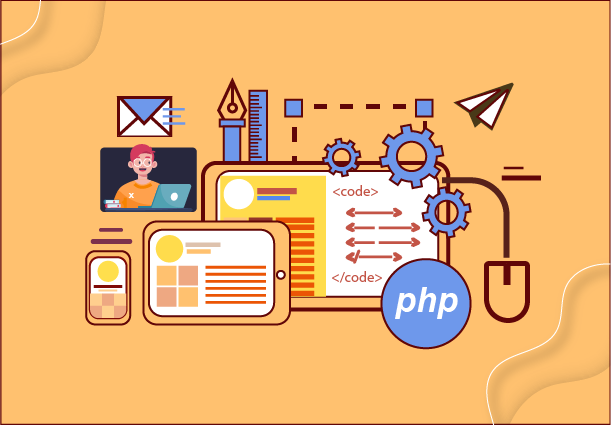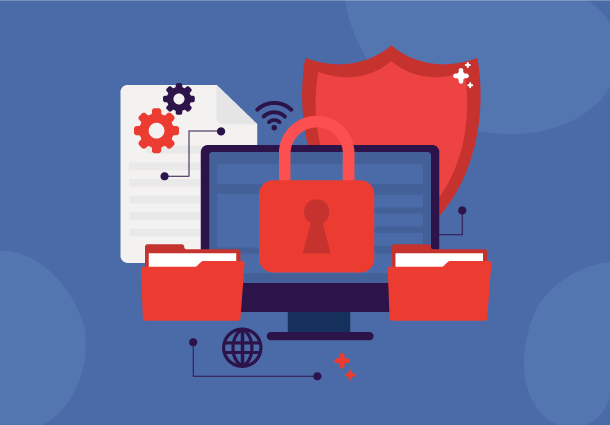Analyzing PHP Security Essentials by Safeguarding Web Applications:
PHP, one of the most widely used languages for web development, necessitates a thorough comprehension of security protocols to adequately safeguard digital assets. As a lighthouse, this introduction highlights the importance of online application security, gives an idea of the PHP security widespread use in web development, and establishes the foundation for further exploration of critical security procedures.
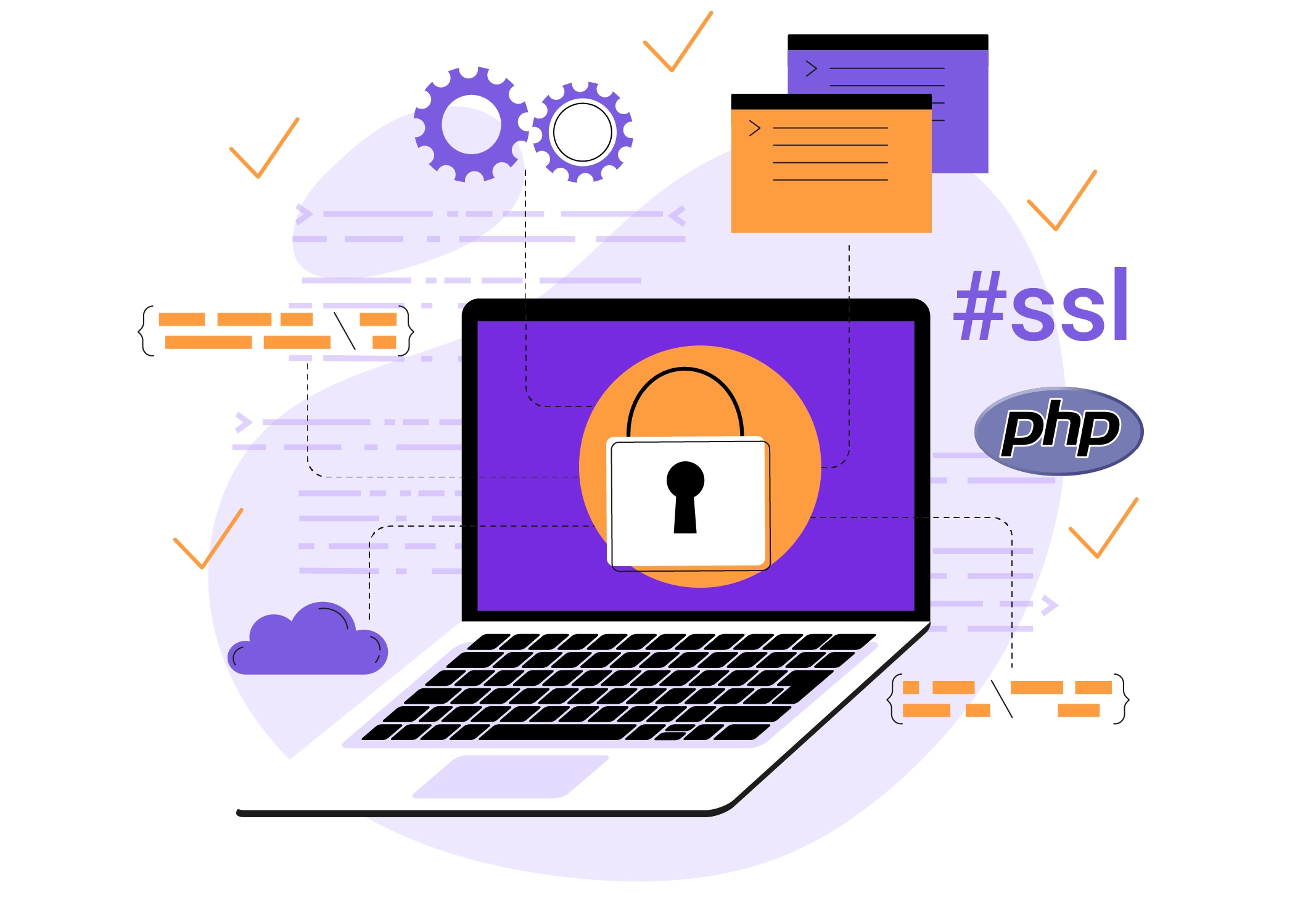
It is crucial to understand the significance of web application security. The safety of user information and sensitive data has become a primary priority for developers and organizations alike due to the growing sophistication of cyber attacks. Thus, protecting digital assets requires an understanding of the many facets of security, from blocking unwanted access to addressing potential weaknesses.
A mainstay in the field of web development is PHP. Because of its adaptability, simplicity of use, and broad community support, it is the preferred option for creating dynamic and interactive websites and applications. We learn about PHP’s advantages and skills as we investigate this well-liked web development language, providing the groundwork for properly utilizing its security features.
Gaining the knowledge and resources necessary to strengthen applications against possible attacks is the aim of investigating PHP security. Developers may strengthen the security and resilience of their PHP-based apps by knowing best practices and putting strong security measures in place. This will help the apps withstand more sophisticated cyberattacks. With this acquired wisdom, we will explore PHP’s security basic concepts, enabling developers to create web apps that are safer and more secure.
Understanding Common Threats and Vulnerabilities; Exploring PHP’s Security Terrain
PHP programs are susceptible to many security vulnerabilities and risks that could compromise the confidentiality and integrity of important data. This section examines the main risks that PHP-based systems face and offers information on vulnerabilities like SQL injection and cross-site scripting (XSS), in addition to highlighting the significance of performing regular security audits and vulnerability assessments.
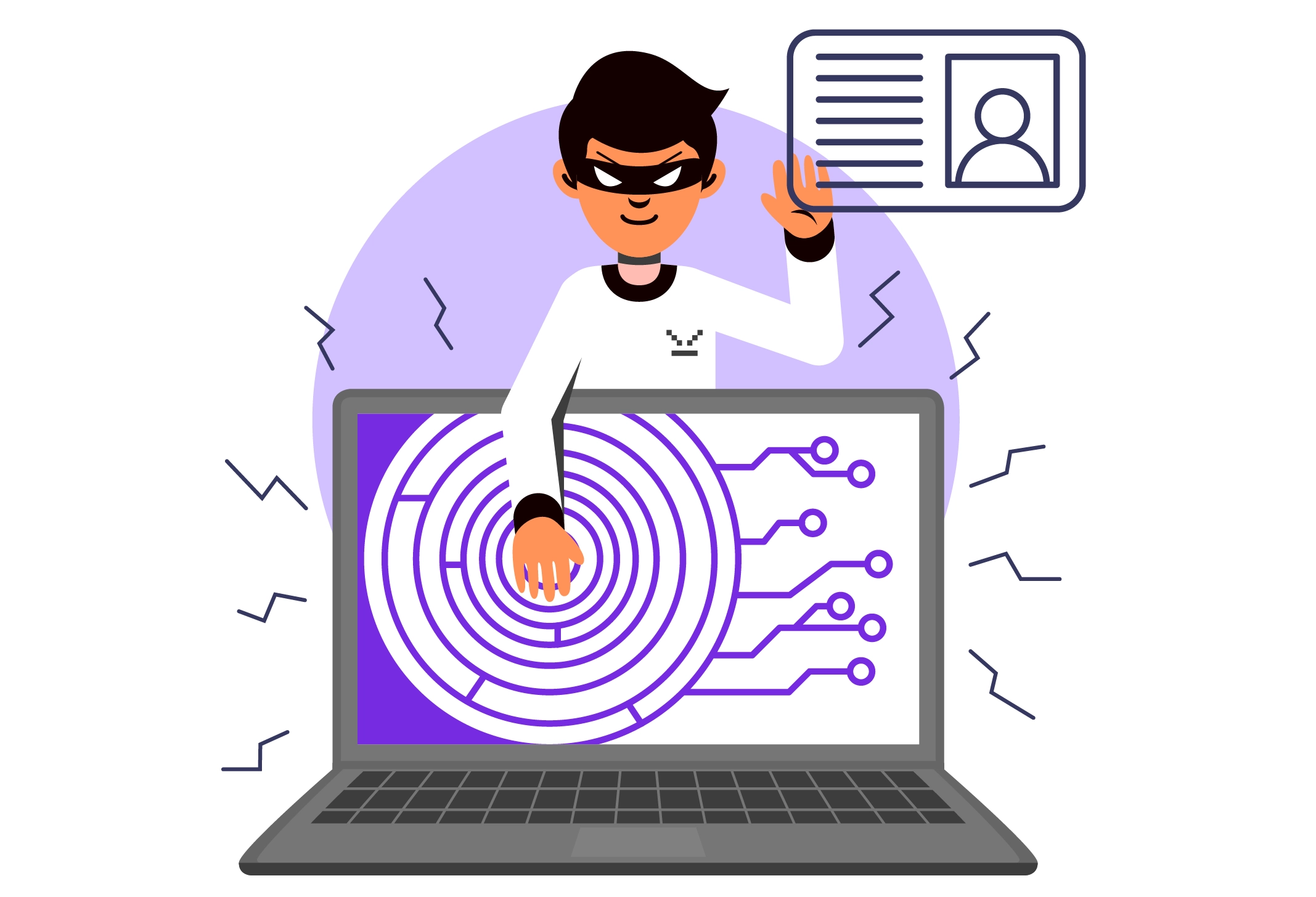
For developers and system administrators to proactively manage risks, they must understand the common vulnerabilities that PHP applications face. Web applications’ security posture can be jeopardized by threats including denial-of-service attacks, illegal access, and data breaches that make use of PHP code flaws. Stakeholders can put preventive measures in place to guard against potential exploits by identifying these threats.
It helps to understand some of the attack vectors that target PHP programs by being aware of threats such as SQL injection and cross-site scripting (XSS). SQL injection allows malicious SQL queries to be injected into input fields to exploit flaws in database interactions. The same is true of cross-site scripting (XSS) assaults, which use client-side script manipulation to infect users’ browsers with malicious malware. When know about the hazards, developers can reduce them more successfully by putting robust security measures and suggested practices in place.
Regular vulnerability assessments and security audits are crucial beyond measure. Frequent audits and evaluations function as preemptive steps to find and fix security flaws in PHP applications, averting possible hacker exploitation. By proactively addressing vulnerabilities and strengthening security protocols, organizations can enhance the resilience of their PHP website security, safeguarding confidential information and preserving user trust.
Maintaining a strong security posture requires an awareness of typical threats and vulnerabilities that affect securing PHP web applications. Developers and companies can successfully limit probable exploits and safeguard their digital assets from increasing cyber threats by learning the nuances of these risks and implementing proactive security measures.
Optimizing PHP Security with Best Practices and Strategies
PHP application security must always be prioritized because cyber threats are constantly changing. To properly limit potential threats and safeguard sensitive data, strong security measures must be implemented. To improve PHP website security, consider the following modern best practices:
It is essential to validate user input to stop malicious data injection attacks like cross-site scripting (XSS) and SQL injection. Developers can make sure that the application processes only expected and safe data by validating and cleaning the input data.
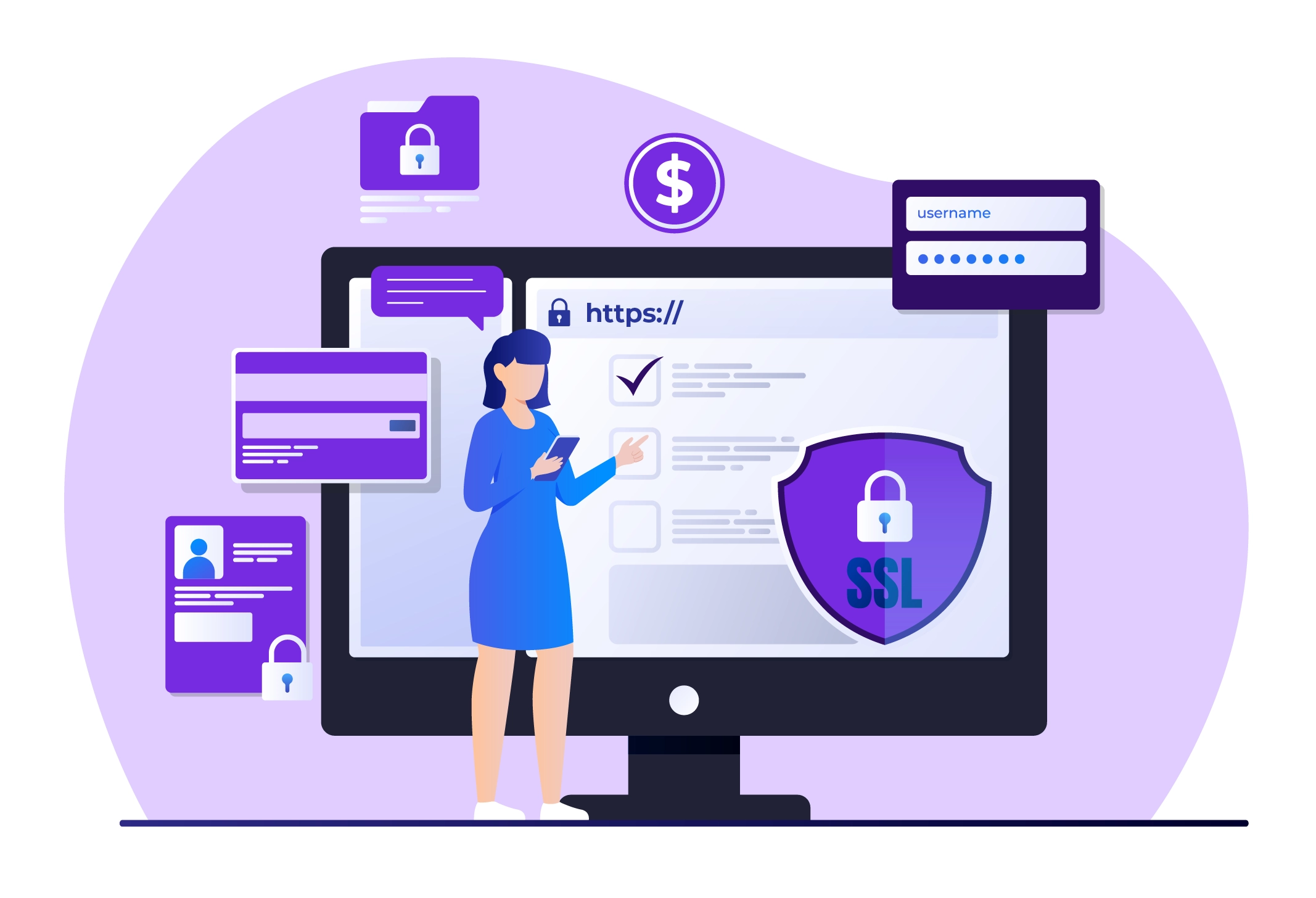
Enforcing robust authentication protocols is necessary to authenticate users and limit their access to confidential information. PHP applications can be made more secure by adding multi-factor authentication (MFA) and using secure authentication protocols like OAuth. Furthermore, preventing unwanted access to critical information and functionalities is aided by implementing appropriate access controls that are based on user roles and permissions.
Using PHP frameworks with built-in security capabilities, such as Symfony, CodeIgniter, and Laravel, can improve security and speed up development. These frameworks come with built-in security features like authentication components, input validation libraries, and built-in defenses against common security flaws. These frameworks allow developers to quickly construct applications while guaranteeing that strong security controls are in place.
To reduce security flaws and ensure compatibility with the most recent security updates, it’s essential to keep PHP versions and reliances up to date. The danger of known vulnerabilities being exploited is lowered by rapidly implementing updates and routinely reviewing security advisories. Furthermore, the process of maintaining dependencies and guaranteeing their security can be streamlined by putting automated dependency management technologies like Composer into practice.
It is possible to find security flaws and vulnerabilities in the application by regularly reviewing PHP code and doing penetration tests. Some threats and vulnerabilities can be found that might not be detected during development if automated security scanning techniques and human code reviews are used. PHP application developers can improve the overall security stance of their apps by proactively detecting and resolving security concerns. Developers may efficiently protect sensitive data and strengthen PHP programs against potential dangers by following these PHP security best practices and keeping up with new security threats.
Secure Communication and Data Storage Practices; Fortifying PHP Applications
Safeguarding confidential information and guaranteeing secure communication routes are essential components of PHP application security in this digital world.
Data is encrypted during transmission via Hypertext Transfer Protocol Secure (HTTPS), guarding against hostile actors’ eavesdropping and alteration. PHP applications can guarantee the encryption of sensitive data, including login credentials and financial information, during transmission between the client and server by incorporating HTTPS protocols. By establishing a secure communication channel, this encryption technique reduces the possibility of data interception and unwanted access.
An additional degree of security against unwanted access to stored data is added by encrypting sensitive data while it is at rest. Before saving sensitive data in databases or files, developers can encrypt it using PHP’s many encryption libraries and functions. PHP applications can prevent unwanted access to sensitive data even if the underlying storage system is hacked by utilizing encryption techniques like RSA and Advanced Encryption Standard (AES).
As attackers look to gain unauthorized access to PHP programs, passwords, and user credentials are key targets. To avoid unwanted access and data breaches, it’s critical to put best practices for handling passwords and user credentials into effect. This entails requiring strong password regulations, such as minimum length and complexity requirements, and hashing passwords using safe cryptographic algorithms like bcrypt or Argon2. It also involves keeping salted hashes rather than plaintext passwords. User authentication processes can be made even safer by leveraging secure authentication technologies like OAuth and OpenID Connect.
Developers can improve the overall security posture and shield sensitive data from potential threats by implementing these secure communication and data storage standards into PHP applications. In today’s changing threat landscape, maintaining the integrity and security of PHP applications requires constant vigilance, frequent security audits, and staying up to date on emerging security risks.
Proactive Monitoring and Incident Response Strategies by Strengthening PHP Security
Proactive monitoring mechanisms must be put in place for early threat detection to strengthen PHP web security. Administrators are notified of any unusual activity or possible security breaches by these systems, which continuously monitor network traffic and application behavior. Proactive monitoring helps to mitigate security risks and minimize their impact on the program and its users by quickly identifying anomalies and responding to them.
Creating thorough protocols and incident response strategies is key to handling security events in PHP applications. The procedures for incident assessment, containment, eradication, and recovery in the event of a security breach are outlined in these plans. Organizations can reduce downtime and data loss by allocating tasks and developing clear standards to streamline crisis response operations.
It is imperative to maintain PHP applications’ resilience against dynamic threats by applying security updates and fixes regularly. Applying security patches on time and remaining watchful aid in addressing vulnerabilities and reducing possible threats. To provide developers and administrators with the knowledge and skills necessary to proactively protect PHP applications against new threats, organizations should also invest in continuing security training and awareness initiatives.
Prioritizing PHP Security Measures with Pattem Digital
It’s essential to recap the main PHP security precautions that were covered and stress how important they are for web development. Setting security as a top priority is essential to protecting digital assets from ever-changing cyber threats. To strengthen your apps and safeguard your important data, we advise you to put PHP security best practices into effect. You can hire PHP developers at Pattem Digital, a PHP software development company, who are experts in putting strong security measures in place to guarantee the integrity and protection of your digital assets.




